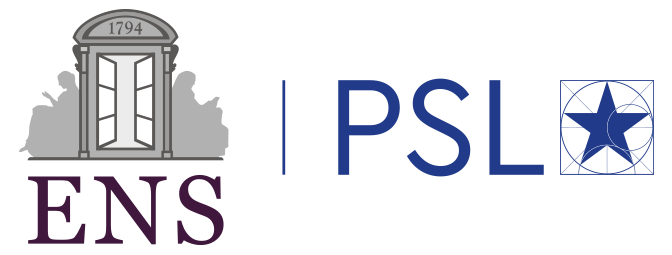Domaines
Condensed matter
Quantum information theory and quantum technologies
Nanophysics, nanophotonics, 2D materials and van der Waals heterostructures,, surface physicss, new electronic states of matter
Type of internship
Expérimental et théorique Description
The solid-state systems, presently considered for quantum computation, are built from localized two-level systems, prime examples are superconducting qubits or semiconducting quantum dots. Due to the fact that they are localized, they require a fixed amount of hardware per qubit.
Propagating or “flying” qubits have distinct advantages with respect to localised ones: the hardware footprint depends only on the gates and the qubits themselves (photons) can be created on demand making these systems easily scalable.
A qubit that would combine the advantages of localised two-level systems and flying qubits would provide a paradigm shift in quantum technology. In the long term, the availability of these objects would unlock the possibility to build a universal quantum computer that combines a small, fixed hardware footprint and an arbitrarily large number of qubits with long-range interactions. A promising approach in this direction is to use electrons rather than photons to realise such flying qubits. The advantage of electronic excitations is the Coulomb interaction, which allows the implementation of a two-qubit gate .
The aim of the present internship will be the development of the first quantum-nanoelectronic platform for the creation, manipulation and detection of flying electrons on time scales down to the picosecond and to exploit them for quantum technologies. In particular, the student will characterize a Graphene optical-to-electrical converter.
Contact
Preden Roulleau
